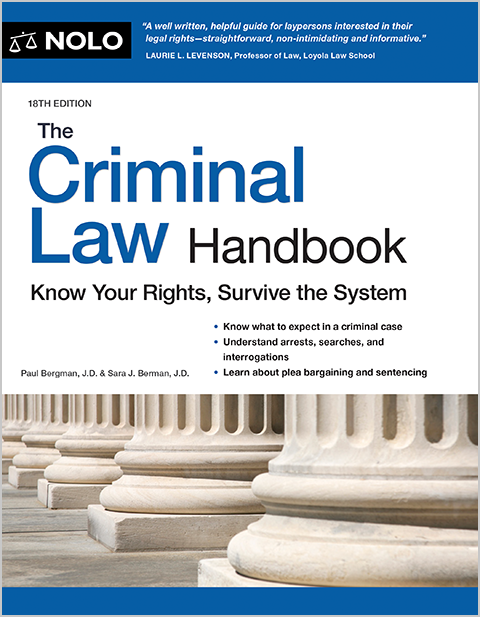The requirements for teens to obtain a driver’s license and various restrictions that apply to teen drivers.
Most teens can't wait to get their driver's license. A driver's license is a step toward independence and opens up lots of possibilities, including employment and recreational opportunities that otherwise might not be available.
Teen driving laws differ significantly by state. But all states have some kind of graduated licensing program. These programs allow teens to gain experience driving with adult supervision and then drive with restrictions on their licenses before obtaining a full, unrestricted license.
Here are some of the most common requirements for teens who seek to obtain a license and restrictions that apply to teen drivers.
Teen Driver's Instruction Permits
An instruction permit (often called a "learner's permit") allows a teen to drive a vehicle only while supervised by a licensed adult. Permit holders are also generally prohibited from cellphone use while driving and transporting more than one non-family-member passenger.
The age at which a teen can get an instruction permit varies by state—generally between 14 and 16 years old. Before obtaining an instruction permit, a teen generally must pass a written and vision test. State law might also require teens to complete a driver education program before obtaining a permit.
Teen Intermediate Licenses
The next step for teens seeking full driving privileges is to obtain an intermediate license (also called a "graduated license" or "provisional license"). To advance to the intermediate license, the teen must pass a behind-the-wheel skills test. Generally, a teen must be at least 16 years old to obtain an intermediate license.
Before taking the skills test, the instruction permit holder must generally complete either 50 hours of logged practice driving (including a certain number of nighttime hours), a certified driver's education course, or both practice driving hours and a course.
Intermediate License Restrictions
With an intermediate license, a teen driver can operate a vehicle without adult supervision but is subject to certain restrictions. Intermediate license restrictions vary by state but often include:
- curfews that restrict unsupervised driving privileges to certain hours (often, with exceptions for school, work, and religious activities)
- limitations on the number of non-family-member passengers, and
- prohibitions on cell phone and electronic device use while driving (many states have laws prohibiting cell phone use for all drivers).
Violations of any of these restrictions can typically lead to loss of driving privileges and a delay in obtaining an unrestricted license.
Traffic Violation Penalties for Teen Drivers
Teen drivers are often subject to more severe penalties than older drivers for traffic violations. For example, certain violations that carry only fines for older drivers can result in license suspension for intermediate license holders. Depending on state law, violations can also result in the teen having to wait longer before being eligible for a full, unrestricted license.
Unrestricted Licenses
In most states, once a teen turns 17 years old or has held an intermediate license for a year, the intermediate restrictions are removed, and an unrestricted license will be issued. However, traffic and restriction violations can delay the issuance of an unrestricted license.
Special Permits
Many states also have special teen driving permits for select reasons. For example, at 14 years old, a Kansas teen can obtain a farm permit to drive unsupervised between the farm, home, and school. Other states allow teens under 16 years old to drive to school if there are no other transportation options available.
Insurance
While almost every state requires drivers to have car insurance, there are no federal auto insurance mandates. New Hampshire is the only state that doesn't have a car insurance requirement. Each state is a little different, but generally, all drivers—including teens—must have coverage of at least:
- $25,000 bodily injury per person
- $50,000 bodily injury per accident, and
- $20,000 property damage per accident.
The above numbers are the low end for insurance requirements. Your state likely will have higher minimum coverage requirements. Some states also require Personal Injury Protection (PIP) coverage.
Getting Help
Most state Department of Motor Vehicles (DMV) websites have pages dedicated to teen licensing requirements. Many states call their motor vehicle agencies the "DMV," but several states use different names. For instance, Michigan's Secretary of State's Office and New Mexico's MVD (Motor Vehicle Division) handle licensing in those states.
Talk to a Lawyer
Need a lawyer? Start here.
How it Works
- Briefly tell us about your case
- Provide your contact information
- Choose attorneys to contact you
- Briefly tell us about your case
- Provide your contact information
- Choose attorneys to contact you
